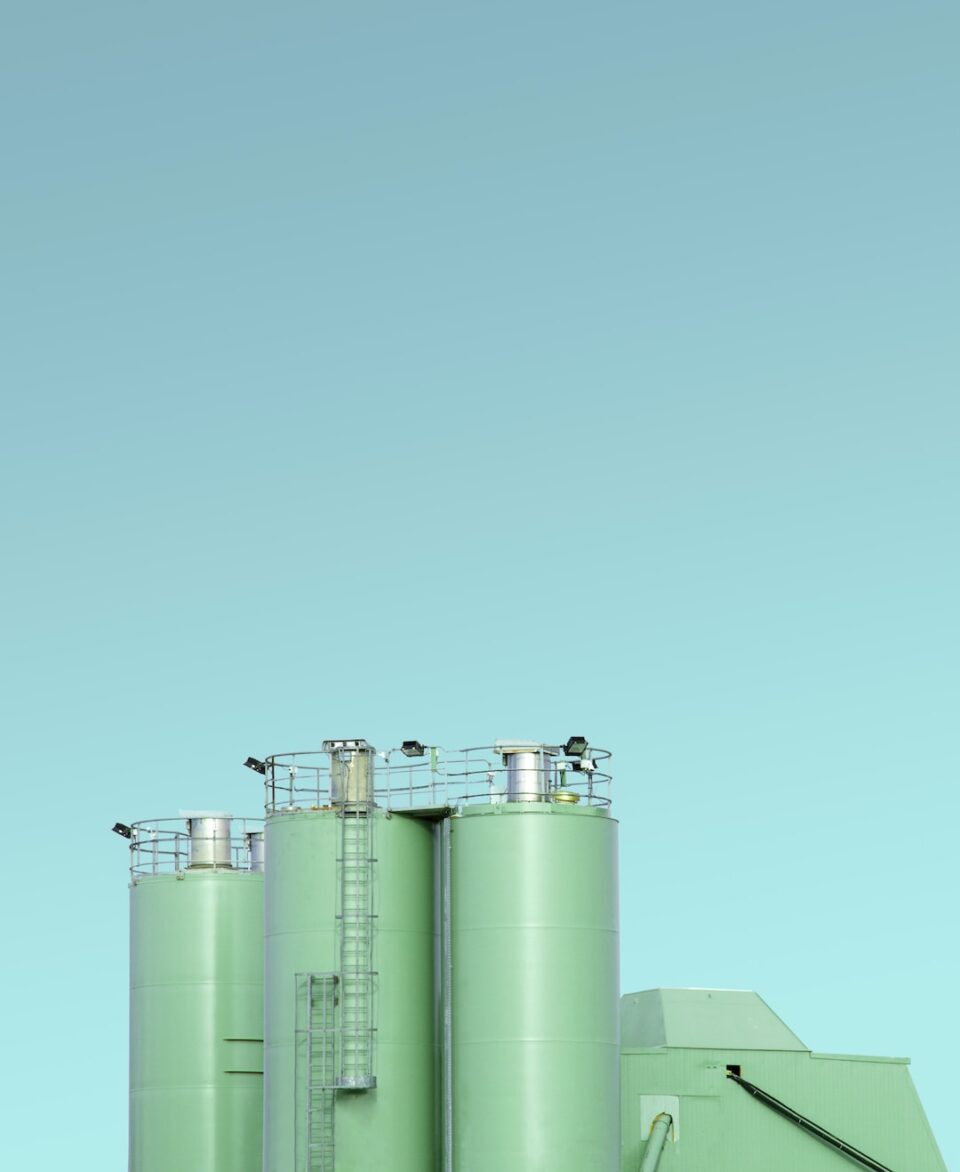Traditional desiccants have long been used in various industries such as pharmaceuticals, electronics, food storage, and transportation to prevent moisture damage. These desiccants come in various forms such as silica gel, activated carbon, and molecular sieves. While these desiccants have been effective in keeping moisture levels low, their environmental impact cannot be overlooked. Sustainable alternatives, such as the Sustainable Clay Desiccant, have been introduced to replace traditional desiccants.
The environmental impact of traditional desiccants is extensive. Silica gel, which is commonly used in moisture control, is made from silicon dioxide, a non-renewable resource. The manufacturing process involves high temperatures and energy requirements, which contribute to carbon emissions. Similarly, activated carbon production involves burning fossil fuels, which leads to greenhouse gas emissions. The manufacturing process of molecular sieves, used for purifying gases and liquids, requires high energy, raw materials, and emissions. Moreover, disposal of traditional desiccants is also a concern as they do not decompose and can accumulate in landfills.
The use of sustainable clay desiccants has been introduced as an eco-friendly alternative. Sustainable clay desiccants are made from natural clay, a renewable resource. The manufacturing process involves little to no energy consumption and does not emit greenhouse gases. In addition, sustainable clay desiccants are biodegradable, making them an environmentally friendly option for waste disposal.
Apart from environmental benefits, sustainable clay desiccants have also proven to be effective in moisture control. The clay desiccants have a high absorption capacity, making them efficient in keeping moisture levels low. In addition, sustainable clay desiccants do not release any harmful substances, making them a safe option for sensitive products such as food and pharmaceuticals.
Several industries have started to adopt sustainable clay desiccants in their operations. In the food industry, sustainable clay desiccants are used to keep food products fresh and safe for consumption. In the electronics industry, sustainable clay desiccants are used to protect devices from moisture damage during transportation and storage. In the pharmaceutical industry, sustainable clay desiccants are used to protect drugs from moisture damage and extend their shelf life.
The shift towards sustainable clay desiccants is not only driven by environmental concerns but also by consumer demand for eco-friendly products. Consumers are becoming more aware of the impact of their choices on the environment and are opting for sustainable options. In response, companies are adopting sustainable practices and products to meet consumer demands.
In conclusion, traditional desiccants have a significant environmental impact, making sustainable alternatives such as sustainable clay desiccants a preferable option. Sustainable clay desiccants are made from natural resources, have a low carbon footprint, and are biodegradable. Moreover, sustainable clay desiccants are effective in moisture control, making them suitable for various industries. As consumers become more environmentally conscious, the shift towards sustainable options is inevitable, and sustainable clay desiccants offer a practical and eco-friendly solution.

